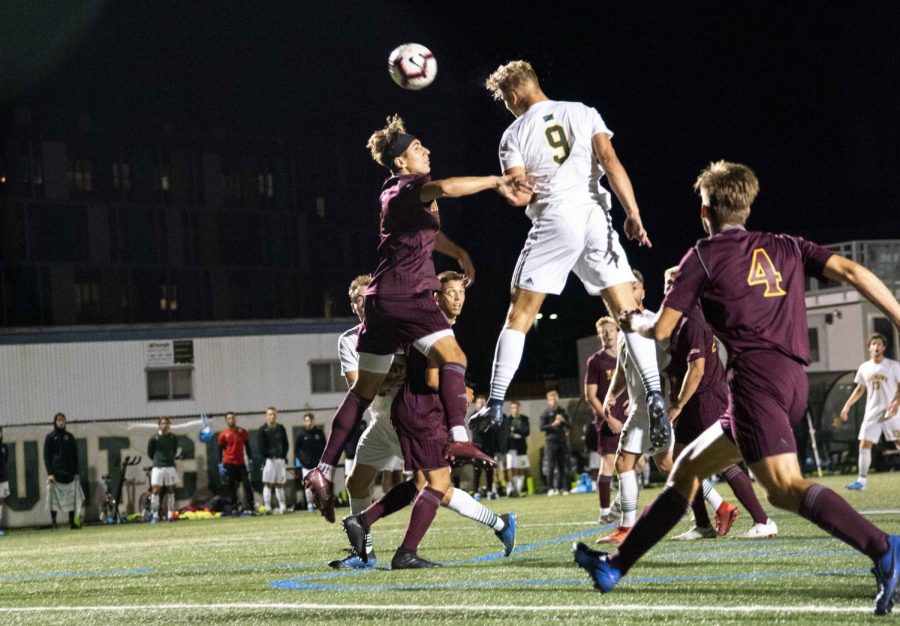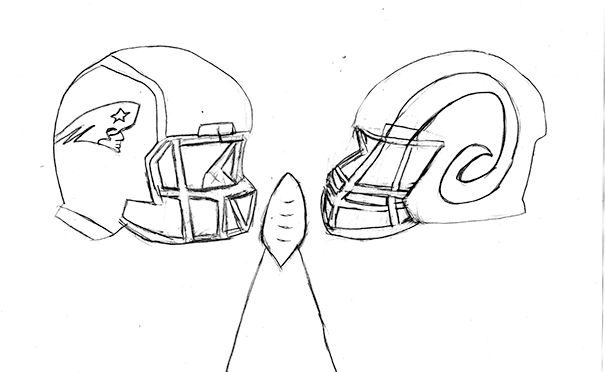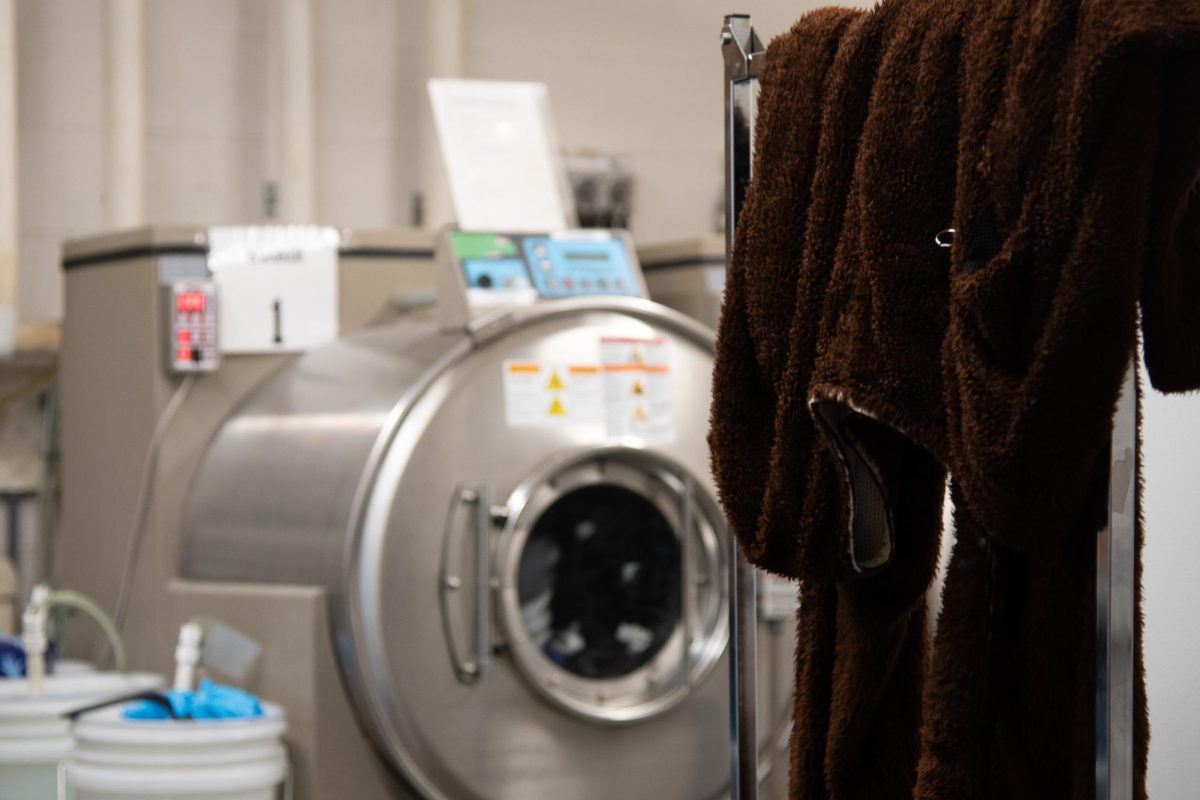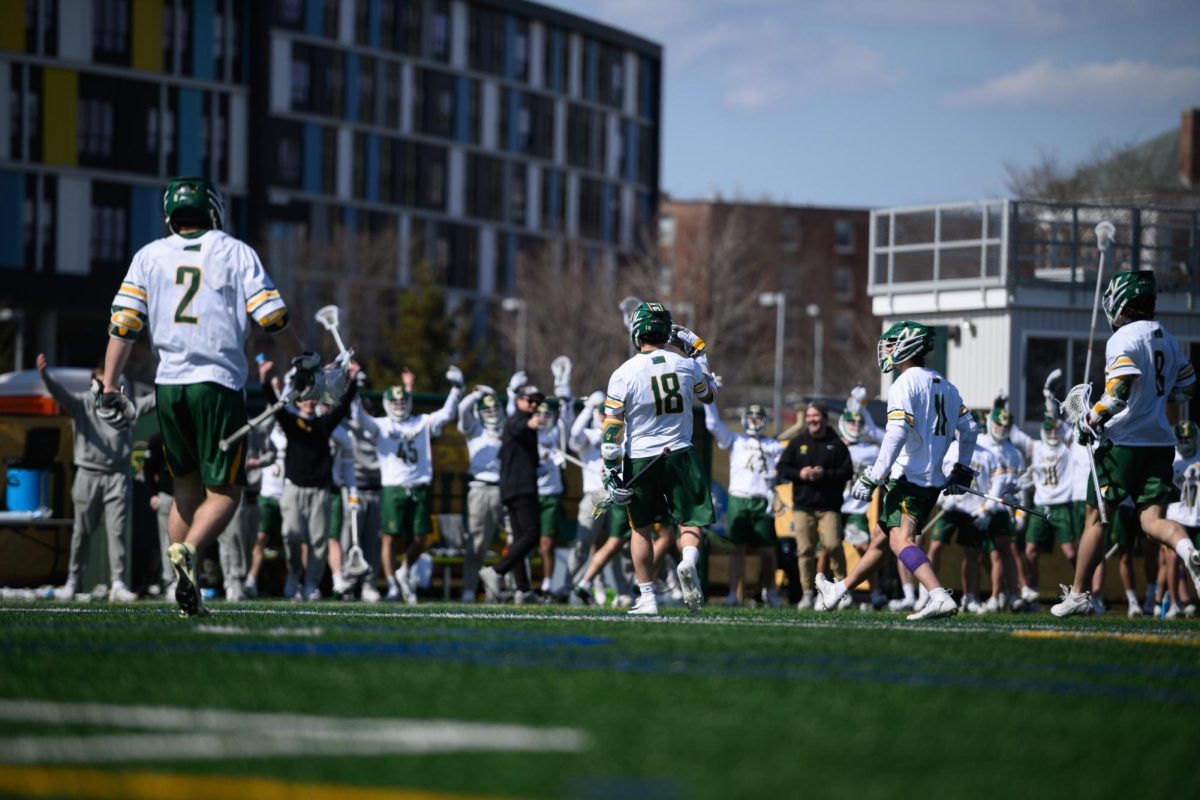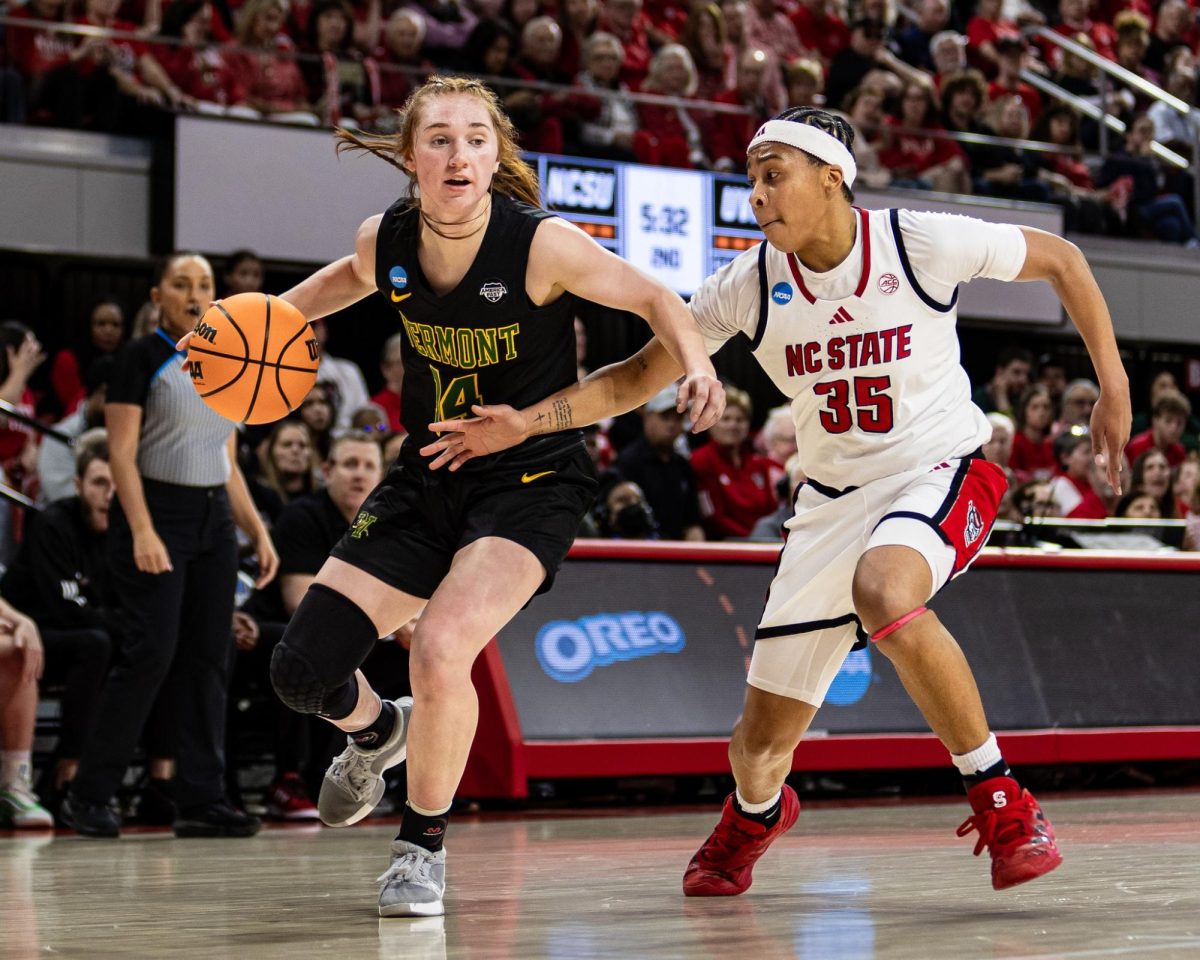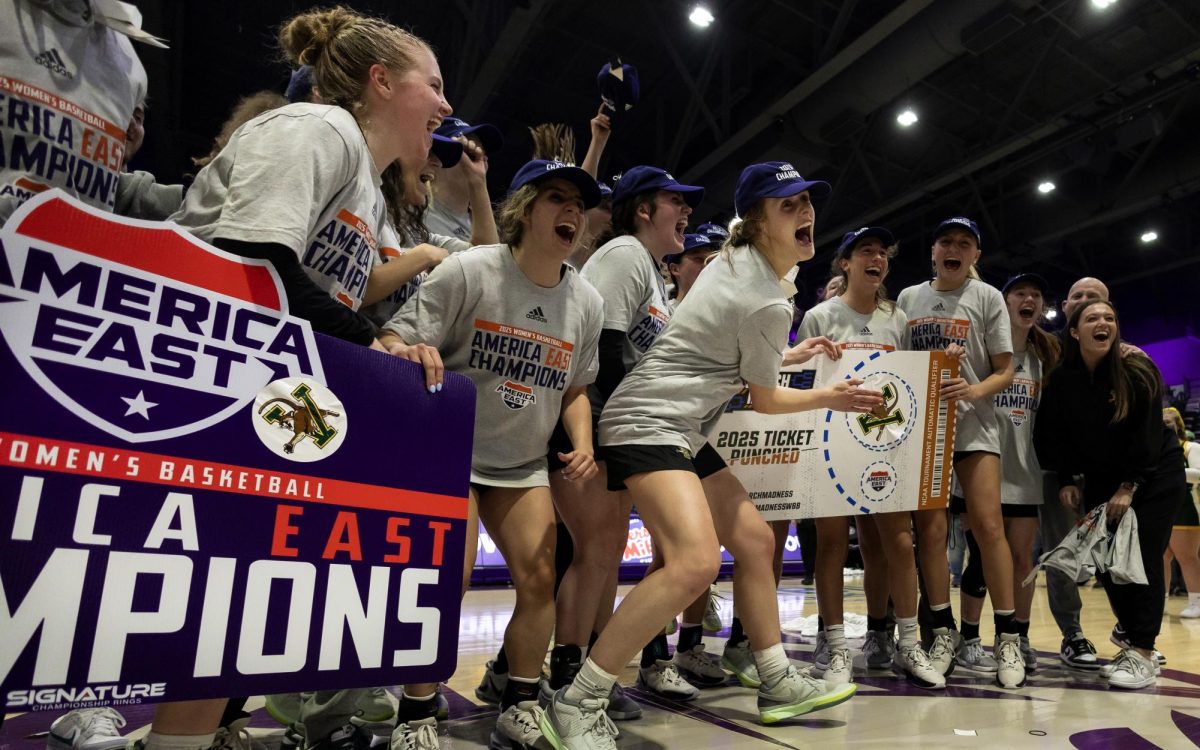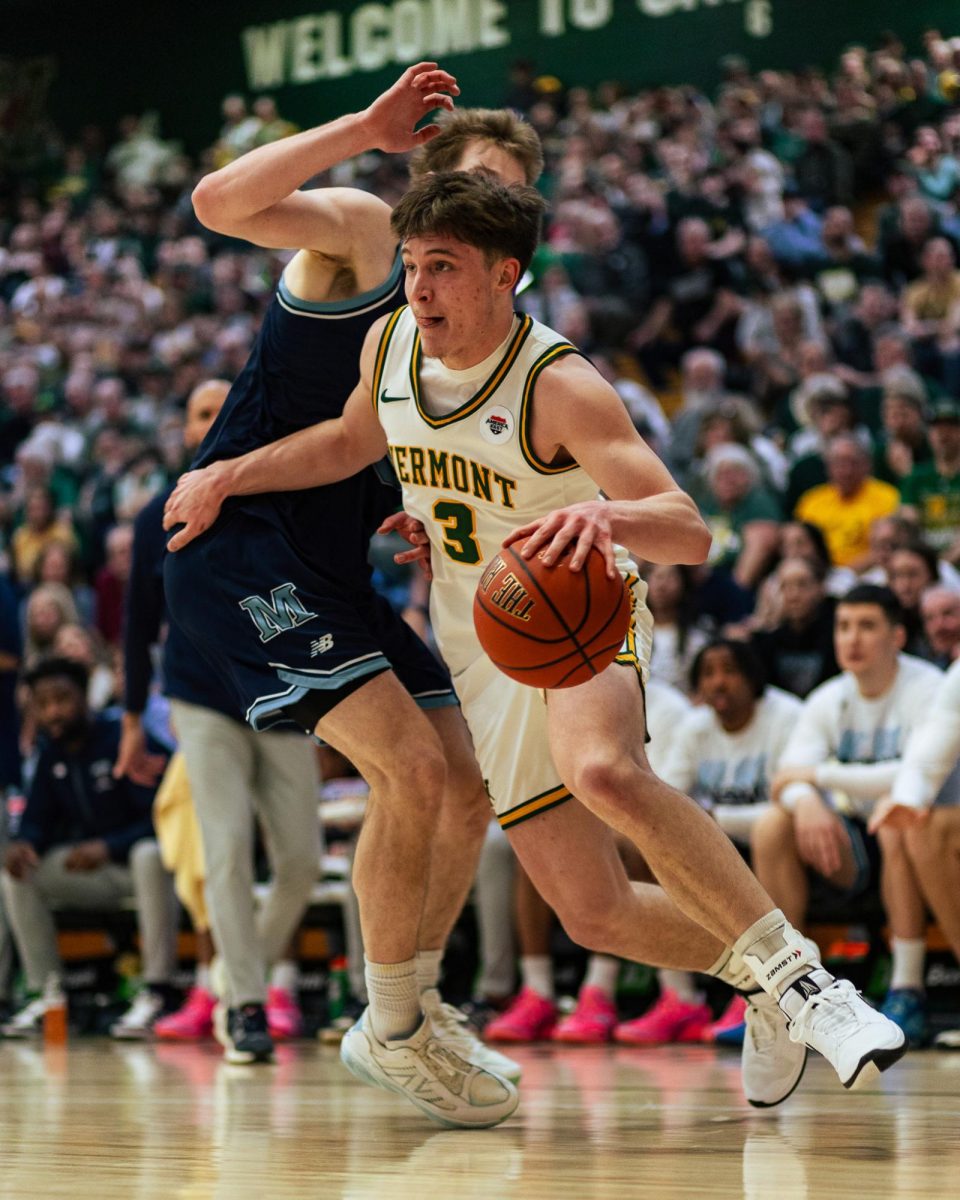If asked where a professional athlete derives most of their yearly income, most people would say, “From their team’s salary, of course.” For the majority of players, this is correct.
But in every sport, there is an elite group atop the endorsement totem pole that makes enough money from external deals to dwarf the salary-capped paycheck supplied by the team.
It just so happens that this select group usually overlaps with the group of players we follow and care about the most.
A recent piece on ESPN’s website titled “You won’t believe how Nike lost Steph to Under Armour,” has caused a lot of buzz around the Jane Austen-esque economic love triangle.
The article outlined how Stephen Curry, who once had a deal with Nike and had opportunities to work out a new contract with them in 2013, was undervalued by the company and eventually chose to go where he could be a bigger fish in a smaller pond: Under Armour.
This article, paired with the momentous growth of Under Armour athletes in recent years, should be more than mildly intimidating to representatives of the “swoosh.”
Under Armour passed Adidas in 2014 to become the world’s second-most popular sports apparel brand, which has historically been a monopolized industry.
In addition to Curry, they also have Cam Newton and Jordan Spieth on their team.
Their roster may not be as deep as Nike’s, but they have the big three of their respective sports for the time being.
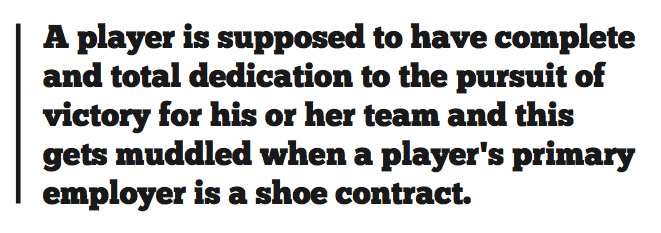
Also of note is the estimated potential value of a player like Curry going forward. He was recently valued by Business Insider at $14 billion for Under Armour.
The terms of his contract remain undisclosed, but it’s rumored to be more lucrative than Kevin Durant’s deal with Nike which garners $30 million a year.
Many of these deals run for more than a decade and involve negotiations north of $150 million for top-tier players, not to mention the barrage of other endorsements these players have.
With how immensely prosperous the endorsement world has become, it is mystifying that more top-level talent (probably hampered down by economic ego) doesn’t accept pay cuts to join forces with other top-level players.
The only question becomes one of allegiance.
A player is supposed to have complete and total dedication to the pursuit of victory for his or her team and this gets muddled when a player’s primary employer is a shoe contract.
This equates to more time spent “promoting the brand,” and a dichotomy is created between individual success and team success, which is a relationship that should remain symbiotic.
If Cam Newton didn’t have a fat contract with Under Armour, maybe he would have disregarded his “brand,” and been more willing to dive in after that fumble in the Super Bowl.
Who knows.



